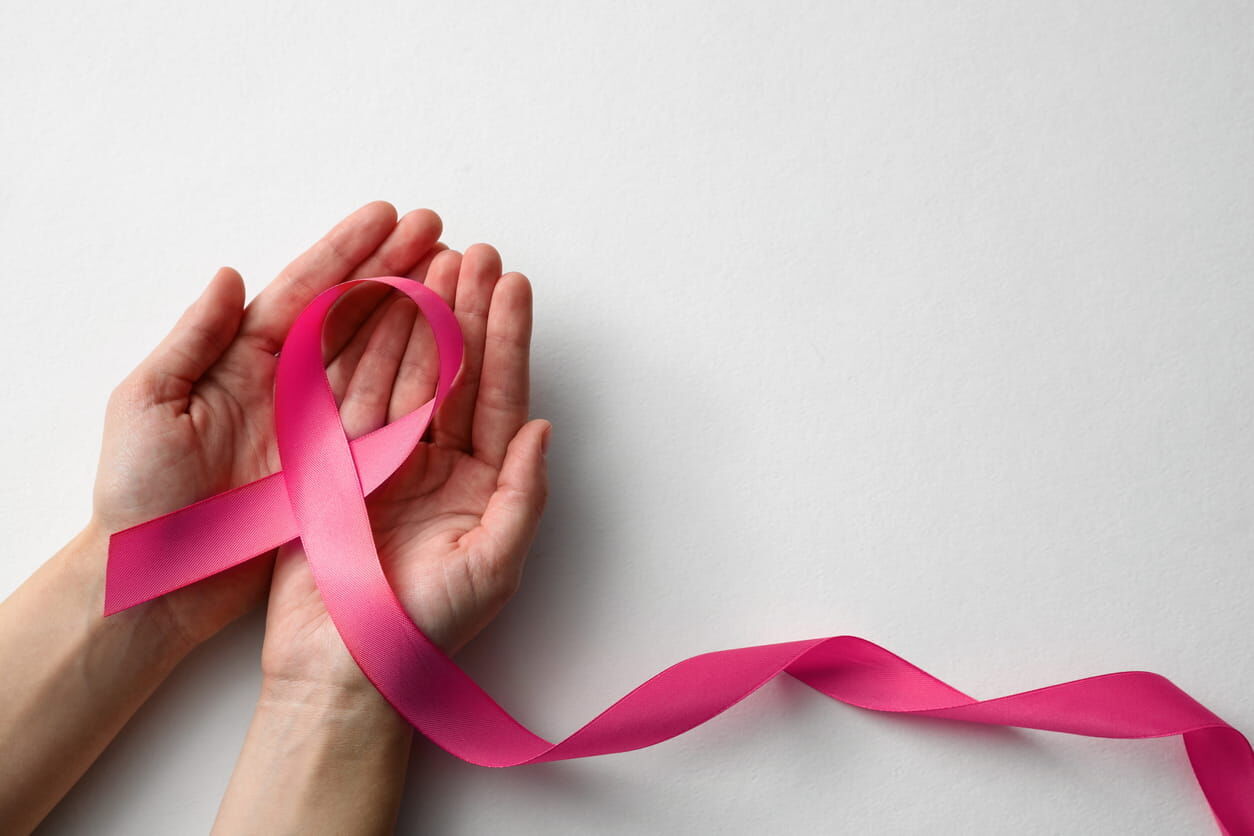Hyderabad: As October is globally observed as Breast Cancer Awareness Month, medical experts are calling for increased vigilance, regular screening and early detection to improve survival outcomes.
Breast cancer remains one of the most common cancers among women, but advancements in diagnosis and treatment have significantly improved recovery and survival rates.
Breast cancer and its symptoms
According to Dr Srinivas Juluri, Chief Consultant Surgical Oncologist, Robotic and HIPEC Surgeon at Renova Century Hospitals, breast cancer is a cancerous growth that begins in the breast tissue and can spread to other parts of the body.
While it primarily affects women, men can also develop it.
He explained, “It usually presents as a painless, new breast lump. It may also present as a lump in the armpit, thickness or redness of the skin of the breast, dimpling of skin or pulling in of the nipple or areola, blood-stained nipple discharge, and rarely as persistent pain in the breast.”
Who is at risk?
The risk of developing breast cancer increases with age, though it can occasionally affect women as young as their late twenties. Family history, certain inherited genetic mutations and lifestyle factors play a significant role.
Dr Juluri noted, “Women who have their first child later in life, or have never been pregnant, face a slightly higher risk, as do those undergoing post-menopausal hormone replacement therapy.”
Other risk factors include obesity, early onset of menstruation (before 11 years of age), late menopause, alcohol consumption, smoking and prior radiation exposure.
Stages and diagnosis
After diagnosis, doctors determine how far the disease has spread, a process called staging.
“Staging ranges from Stage I through Stage IV. A lower number indicates limited spread, while Stage IV means the cancer has metastasised to distant organs,” said Dr Juluri.
Common detection methods include mammograms, breast ultrasounds, breast MRI scans and biopsies for confirmation. Receptor testing helps identify the cancer’s subtype for precise treatment planning.
Surgical advances and treatment options
Traditionally, mastectomy was considered the standard approach. However, over the past two decades, breast conservation surgery (BCS/BCT) has emerged as the preferred option.
“Breast conservation surgery has replaced mastectomy as the gold standard, offering equivalent long-term survival and local control rates,” Dr Juluri explained.
He also highlighted the Sentinel Lymph Node Biopsy (SLNB) technique, which helps avoid unnecessary removal of non-involved lymph nodes in the armpit, thereby reducing the risk of lymphedema or arm swelling.
Retaining breast cosmesis after surgery
For suitable candidates, oncoplastic surgery techniques allow surgeons to maintain the shape and appearance of the breast after cancer removal.
“This involves using volume displacement or replacement techniques and flap reconstruction to retain breast cosmesis,” he said.
Personalised cancer treatment
Modern treatment plans are highly individualised, taking into account tumour subtype, stage, genetic makeup and patient factors.
“Each breast cancer case has a different treatment schedule decided based on ER/PR/HER2 status, nodal status, PET-CT scan results, and genetic tests such as BRCA mutations,” Dr Juluri said.
He added that special tests like Oncotype DX™ or Mammaprint may be used where appropriate to guide therapy decisions.
Self-examination and early detection
Dr Juluri encouraged women to perform Breast Self-Examinations (BSE) regularly to detect changes early.
“Self-examination involves checking both breasts for lumps, distortions, or swelling. The seven P’s, Positions, Perimeter, Palpation, Pressure, Pattern, Practice and Planning, help guide this process,” he explained.
According to the American Cancer Society (ACS), more than 90 per cent of people diagnosed early live for five years or longer after treatment.
“Breast cancer is definitely curable if treated appropriately, especially when diagnosed early,” said Dr Juluri.
Raising awareness and responsibility
Doctors urge both women and men to stay aware of physical changes, undergo regular screening, and seek immediate consultation for any unusual symptoms. With modern techniques, oncoplastic reconstruction, and personalised therapies, early detection continues to be the strongest weapon in the fight against breast cancer.
Source link
